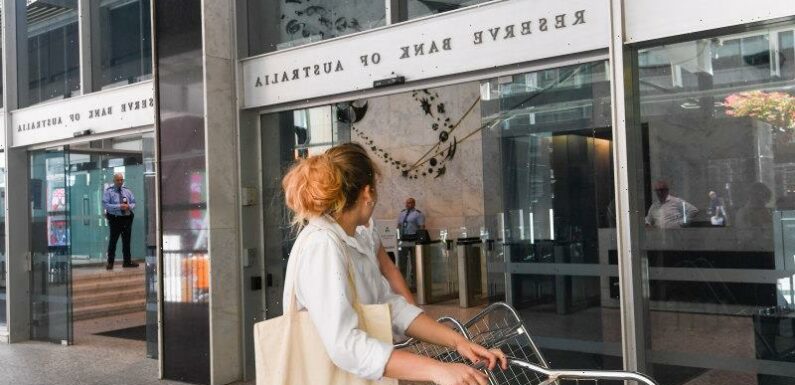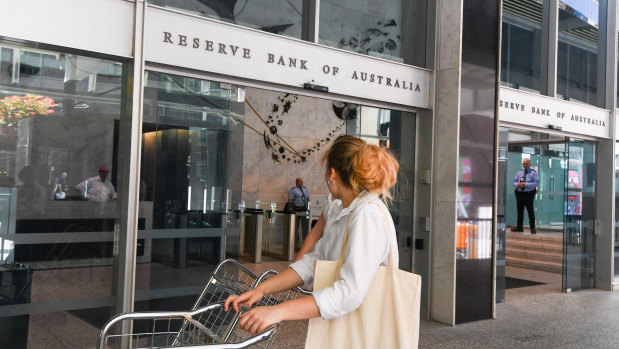
The Reserve Bank board considered a super-sized rate increase at its most recent meeting as well as keeping rates on hold to see if previous rate increases have curbed Australians’ spending habits.
Minutes released today from the December 6 meeting, at which the bank lifted the official cash rate by a quarter percentage point to a 10-year high of 3.1 per cent, show board members noted there were arguments in favour of all three actions that were considered during the discussion.
The Reserve Bank considered a half percentage point and a quarter percentage point rate increase at its most recent meeting, as well as keeping rates on hold.Credit:Peter Rae
The bank has lifted interest rates at every one of its monthly meetings since May in its most aggressive tightening of monetary policy in more than 30 years.
But the December meeting minutes show the bank dealing with conflicting signs about the economy.
Considering a half percentage point lift in the cash rate, the minutes show concern within the bank that Australians are starting to believe inflation will be higher for longer. Inflation, expected to reach almost 8 per cent by the end of the year, was still too high according to the bank.
“Some other economies had earlier been in a similar situation to Australia and had subsequently seen wages growth pick up strongly, which risked high inflation becoming entrenched,” the minutes noted.
“In these cases, returning inflation to target was likely to involve a period of very weak demand, and possibly a recession. Australia was not yet in such a situation, but the inflation mindset was shifting, with firms more willing to put up prices than a year earlier and upside risks to wages growth potentially building.”
In terms of the bank leaving rates unchanged, the minutes show discussion about the impact of previous rate hikes on the economy.
If the RBA left the cash rate at 2.85 per cent, it would have been the first major central bank to stop tightening monetary policy.
“The arguments for no change in the cash rate placed further emphasis on the lagged effects of the large policy adjustment to date, and the value in proceeding cautiously in an uncertain environment,” the minutes showed.
Ultimately, the bank backed a quarter percentage point increase.
The bank said the impact of past rate hikes may take longer to slow the economy and bring down inflation, because of the large number of Australians who have taken out fixed rate mortgages over the past two years.
“It was possible that the policy changes might be transmitted to the economy more slowly than usual, given the higher share of mortgages taken out with fixed interest rates, households’ large savings buffers and a summer holiday season without social restrictions for the first time in several years,” the minutes showed.
Another reason for sticking with a quarter percentage point lift was to avoid confusing Australians about the bank’s policy intentions.
“Members also noted the importance of acting consistently, and that shifting to either larger increases or pausing at this point with no clear impetus from the incoming data would create uncertainty about the board’s reaction function,” the minutes showed.
The RBA board will not meet again until early February. Financial markets put the chance of a further interest rate rise at 50-50.
Cut through the noise of federal politics with news, views and expert analysis from Jacqueline Maley. Subscribers can sign up to our weekly Inside Politics newsletter here.
Most Viewed in Politics
From our partners
Source: Read Full Article
